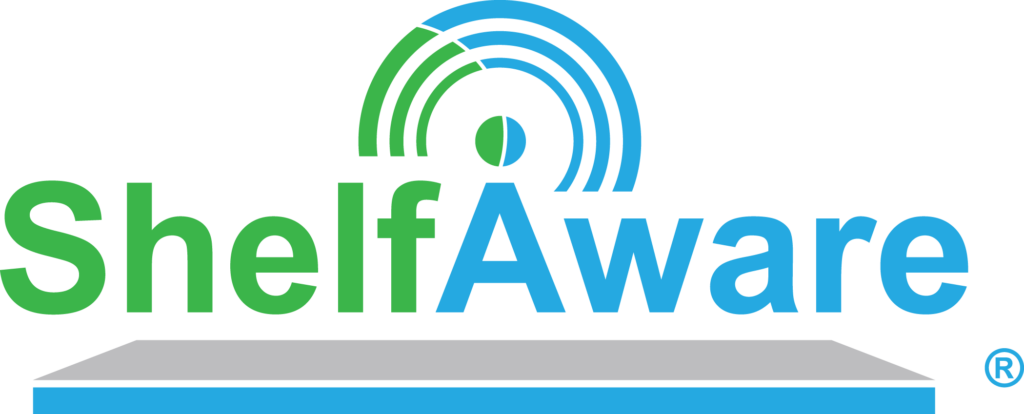Contractors can keep eyes on their inventory 24/7 with accurate, granular consumption data in real time by using a robust digital vendor managed inventory (VMI) platform. Using automation, they can work with several independent suppliers, building a better supply base than working with a single distributor of multiple products. Pushing the data to the consumer through the dashboard provides the contractor with the ability to see exactly what’s on the shelf and what is running low.
Even with rising labor costs and continued economic uncertainty, the construction industry can now leverage practical technology to fill gaps and effectively manage complex supply chains.
This type of inventory automation is a big win for the entire construction industry supply chain. A digital VMI platform like ShelfAware, allows contractors who want to know exactly what’s on their shelf complete visibility and massive amounts of data to track.
There are even more advantages—such as collaboration among suppliers through data-driven CloudSourcingTM, which allows independent suppliers to work together with a consumer on a single RFID-powered supply chain platform that manages complex supply chains.
How Automation Gives Contractors Control of Their Supply Chain
Consider the complex supply chain of a huge construction project like the development of 4,000 apartment buildings with on-site trailers stocked full of inventory—including sheet metal, lumber, screws, nails, wood glue, safety products, bolts, hardware hinges, door hinges, electrical wiring components, piping, HVAC equipment, pumps, etc.
A robust, cloud-based, digital VMI platform uses powerful RFID technology to manage that inventory being consumed by multiple workers, managers, and various suppliers. A worker can walk into the trailer and gather the needed supplies. A split-second scan of the RFID smart labels on each product instantly records massive amounts of data, creates a purchase order to replace the supplies, and manages the least amount of inventory required of each product to keep the inventory as lean as possible with no possibility of stockouts.
The platform can also be used for truck-bound inventory coming from off-site warehouses. For example, a plumbing supply company can deploy several trucks of supplies to various job sites, deliver the materials needed, and return to the warehouse with the necessary data to refill the trucks with supplies for the following day’s deliveries.
A system like ShelfAware alerts the plumbing supplier about exactly what is in each truck and also delivers accurate data about what has been consumed from each truck. A handheld scanner performs an instant inventory audit and automatically generates and delivers all the paperwork necessary to restock the necessary supplies.
The platform also works for remote warehouses that are accessed by multiple suppliers and consumers. As inventory is pulled from each warehouse at any time of the day or night, the consumption data are automatically recorded from the RFID smart labels.
The trailers, trucks, and warehouses look like retail outlets on the inside (similar to ACE Hardware or Home Depot aisles). The user simply “shops” for what they need, picks the required supplies, swipes the RFID labels, and goes back to work. At any time, the consumer or supplier can see exactly what is on the shelf, what has been ordered, and what is being consumed on a regular basis to help keep the inventory as lean as possible.
The platform works for huge items like lumber, roofing supplies, water heaters, motors, HVAC systems, and pumps as well as with smaller items like nuts, bolts, and screws. If an RFID label can be placed on the item, it can be scanned with the consumption data recorded.
Automation is a Game Changer for Construction Industry Inventory Management
ShelfAware CEO Andrew Johnson wrote an in-depth article for Modern Contractor Solutions that describes exactly how automation can change the game for contractors managing their complex supply chains.
Before digital VMI technology existed, suppliers were forced to have multiple branch locations to physically deliver components to contractors, as needed. Now, even remote jobsites have the ability to get parts and supplies quickly, efficiently, and without the risk of stockouts that can halt production indefinitely.
Read the full article by following this link.
It’s Easy for Contractors to Manage Complex Supply Chains
Implementing ShelfAware’s robust platform is often complex but does not need to be slow. It begins with a group conversation involving a mix of finance, operations and IT professionals. A site audit (often multiple sites) is usually required before a proposal can be made.
Final proposals usually involve a formal stocking agreement, installation fee, and a product pricing quote. Onboarding consumers varies widely, but the minimum time required to convert a supply chain in most markets is about three months.
Want to learn more about an affordable way to automate your supply chain? Request your free ShelfAware demo
Too good to be true? ShelfAware is redefining the vendor-managed inventory industry. For this reason, we’re happy to talk to you about how our intelligent inventory platform can benefit your business. Contact us today for more information.






